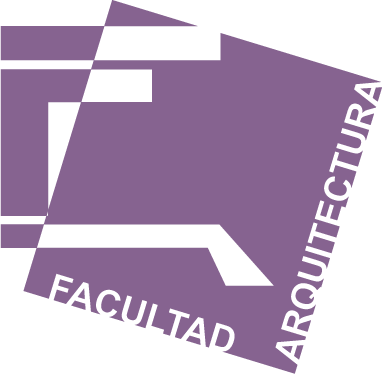Registro completo de metadatos
| Campo DC | Valor | Lengua/Idioma |
|---|---|---|
| dc.creator | Robbers, Lutz | |
| dc.date.accessioned | 2025-01-23T22:20:09Z | - |
| dc.date.available | 2025-01-23T22:20:09Z | - |
| dc.date.issued | 2019-05-08 | |
| dc.identifier | https://www.revistas.unam.mx/index.php/bitacora/article/view/69445 | |
| dc.identifier.issn | ISSN electrónico: 2594-0856 | |
| dc.identifier.issn | ISSN impreso: 1405-8901 | |
| dc.identifier.uri | https://repositorio.fa.unam.mx/handle/123456789/19493 | - |
| dc.description.abstract | At the beginning of 1931, a short article entitled “Film fighter from the outside” appeared in the industry magazine Film-Kurier. In the introductory sentence, the author, who remains anonymous, asks: “How does Mies van der Rohe come to film? - Not a difficult question to answer: As a person who takes a stand on the spiritual things of the time, he naturally also addresses questions of film.” But the article neither explains what Mies’s involvement with film was, nor how the architect and then Bauhaus director became interested in film. And even today the assumption of an affinity between Mies and film is anything but self-explanatory. Neither the research on Mies, nor the field of research of ‘architecture and film’ covered by architecture theorists and film scholars has so far dealt in detail with the question of a possible relationship between Mies and the new visual medium. This shortcoming can be explained above all by the fact that his buildings, drawings and published writings do not contain any direct references to film. Although he apparently was a regular moviegoer, Mies built neither cinema theaters nor film sets. Nor did he take part in film productions or wrote movie scripts. This is exactly what many other representatives of the avant-garde did in the 1920s: Hans Poelzig and Robert Mallet-Stevens designed film sets, Bruno Taut integrated film projectors into some of his buildings, built innovative “daylight cinemas”, patented a vertical cinema for reclining viewers, and wrote screenplays; Le Corbusier used film as a propaganda tool to spread his architectural and urban planning ideas. | |
| dc.format.extent | Páginas: 48-57 | - |
| dc.language | spa | |
| dc.publisher | Universidad Nacional Autónoma de México. Facultad de Arquitectura | |
| dc.rights | La titularidad de los derechos patrimoniales de esta obra pertenece a las instituciones editoras. Su uso se rige por una licencia Creative Commons BY-NC-ND 4.0 Internacional, https://creativecommons.org/licenses/by-nc-nd/4.0/legalcode.es, fecha de asignación de la licencia 2019-05-08, para un uso diferente consultar al responsable jurídico del repositorio por medio del correo electrónico editora.bitacora@fa.unam.mx | - |
| dc.subject.classification | Multidisciplina | |
| dc.title | Mies: a Fighter for Film (first part) | |
| dc.type | Artículo de Divulgación | |
| dcterms.audience | Publico en general | - |
| dcterms.provenance | Universidad Nacional Autónoma de México. Facultad de Arquitectura | - |
| dc.rights.holder | La titularidad de los derechos patrimoniales de esta obra pertenece a: Universidad Nacional Autónoma de México | |
| dc.publisher.location | MX | |
| dc.rights.accessRights | Acceso abierto | |
| dc.identifier.url | https://www.revistas.unam.mx/index.php/bitacora/article/view/69445/61471 | |
| dc.identifier.doi | https://doi.org/10.22201/fa.14058901p.2019.40.69445 | - |
| dc.relation.ispartofjournal | Bitácora Arquitectura; Núm. 40 (2018): Cine y arquitectura | |
| dc.description.repository | Repositorio Facultad de Arquitectura. https://repositorio.fa.unam.mx/ | |
| dc.identifier.bibliographiccitation | Robbers, Lutz (2018). Mies: a Fighter for Film (first part). Bitácora Arquitectura; Núm. 40, 2018: Cine y arquitectura; 48-57. Recuperado de | - |
| Aparece en las colecciones: | Bitácora Arquitectura | |
Los ítems de DSpace están protegidos por copyright, con todos los derechos reservados, a menos que se indique lo contrario.

